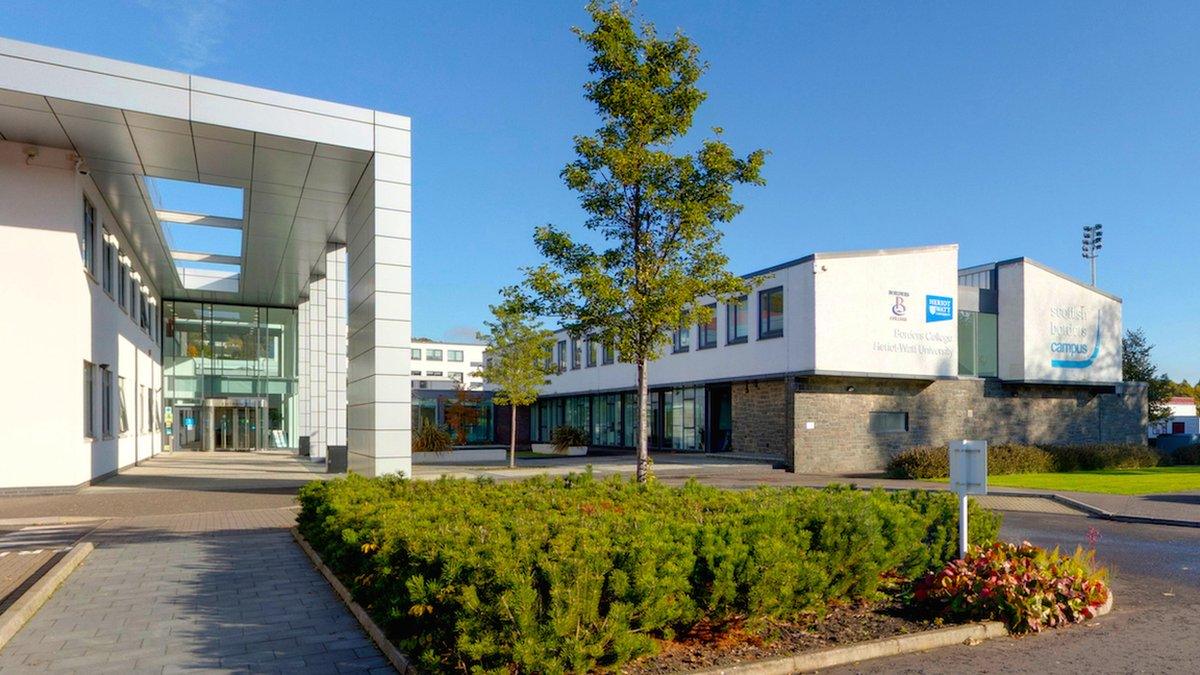Dumfries and Galloway College expansion boasts renewable heart
- Published
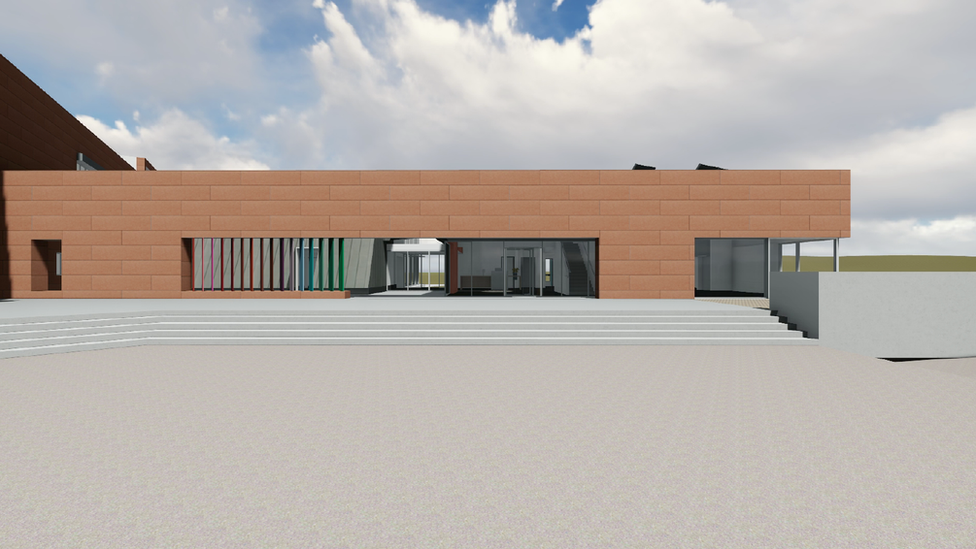
It is hoped the overhaul of the Dumfries campus can be completed by the end of the summer
Expansion plans have been lodged to create a renewable technology hub at a south of Scotland college.
The proposals are part of a wider, multi-million pound investment in "key projects" to boost the area's economy.
They would see Dumfries and Galloway College's Dumfries campus extended to showcase the use of renewable energy and use it as a teaching tool.
It is hoped the work can be completed in time for the new academic year at the end of this summer.
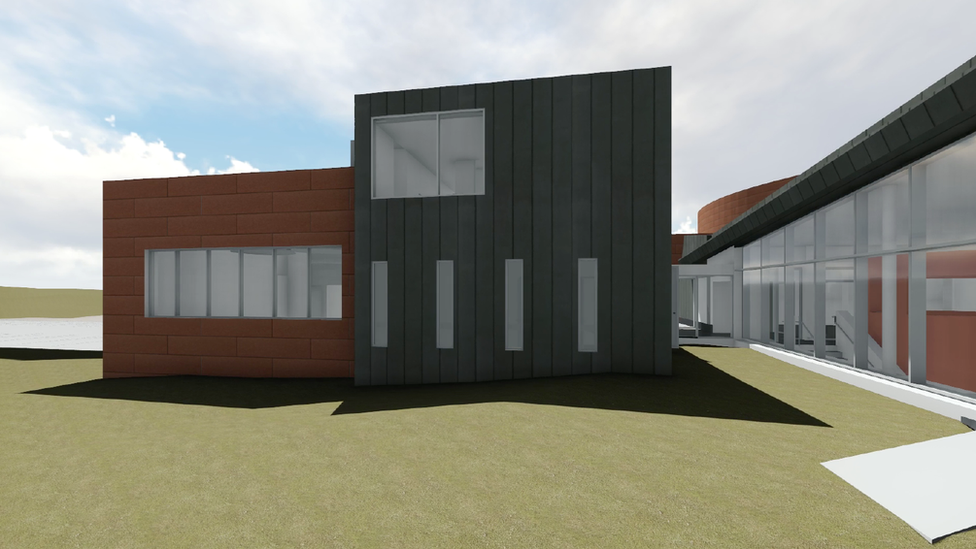
The extension will be attached to the existing Henry Duncan Building
The South of Scotland Economic Partnership (SOSEP) announced a major funding package last year with the lion's share going to Borders and Dumfries and Galloway Colleges.
Now plans have been submitted which would see an extension built in Dumfries for the renewables hub, with another part of the college reconfigured to teach care subjects.
The college's head of corporate services Billy Currie said the opportunity to expand the site was welcomed.
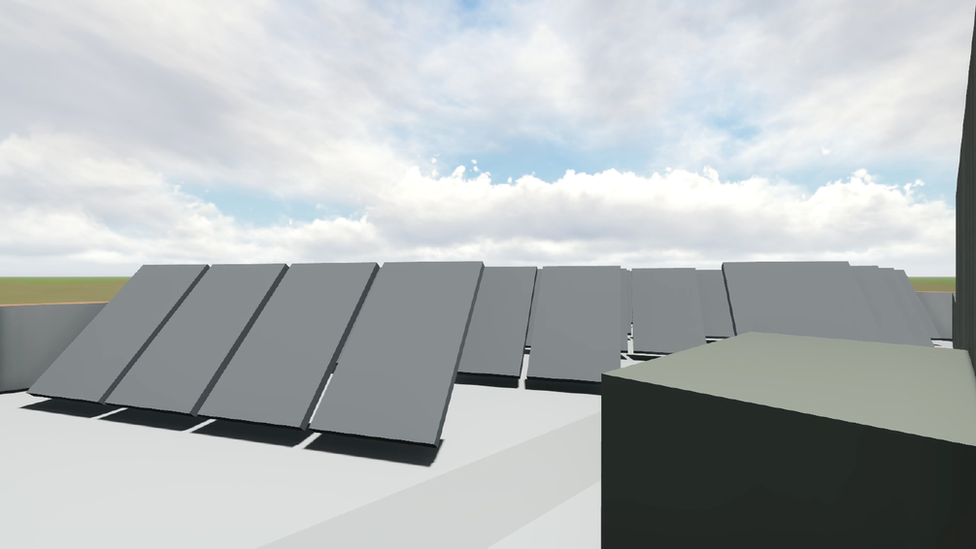
Solar panels will provide energy but also be used as a teaching tool
"It is a great opportunity for us to develop new space to deliver what we think are more suitable courses in terms of Science, Technology, Engineering and Maths (STEM)," he said.
"One of the things that we thought about when we were doing it was the use of renewables technology and teaching within renewables as well.
"So as one part of the project we are fully utilising renewables technology within the building.
"We are bringing in wind turbines, we are bringing in solar panels, we are using rainwater harvesting, we are using ground source and air source heating.
"They will be practical for the building - but also there as teaching aids."
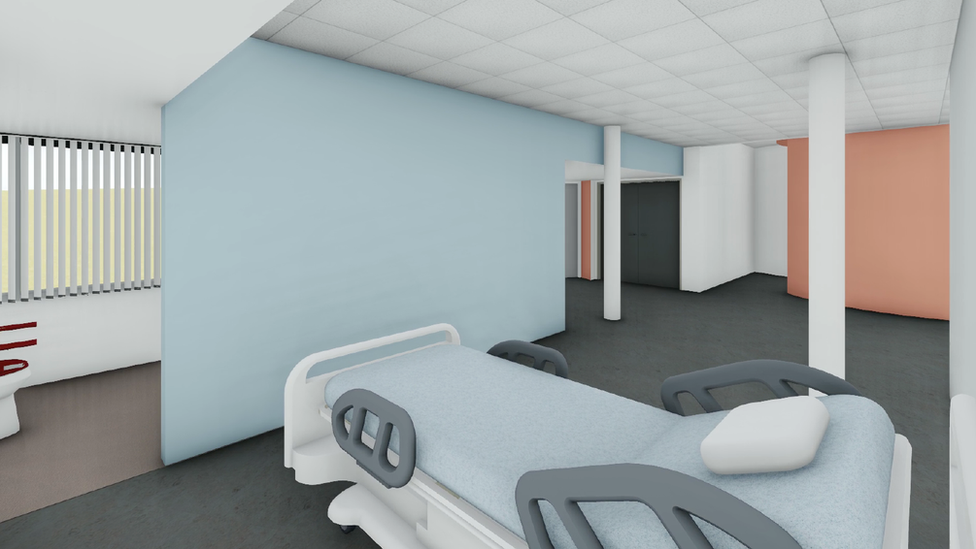
Another part of the project is to create a dementia-friendly teaching area for care subjects
Mr Currie said the expansion could help the college meet its carbon targets but also deliver benefits right across the region.
"Basically all the way from Stranraer right across to Eyemouth - that will be digitally connected through hubs and spokes," he said.
"The hubs will be based in Stranraer, Dumfries, Hawick and Galashiels - so we have got a network there.
"But from those hubs we go out to spokes which are within schools at this moment in time so we are digitally connected using the latest virtual classroom technology."
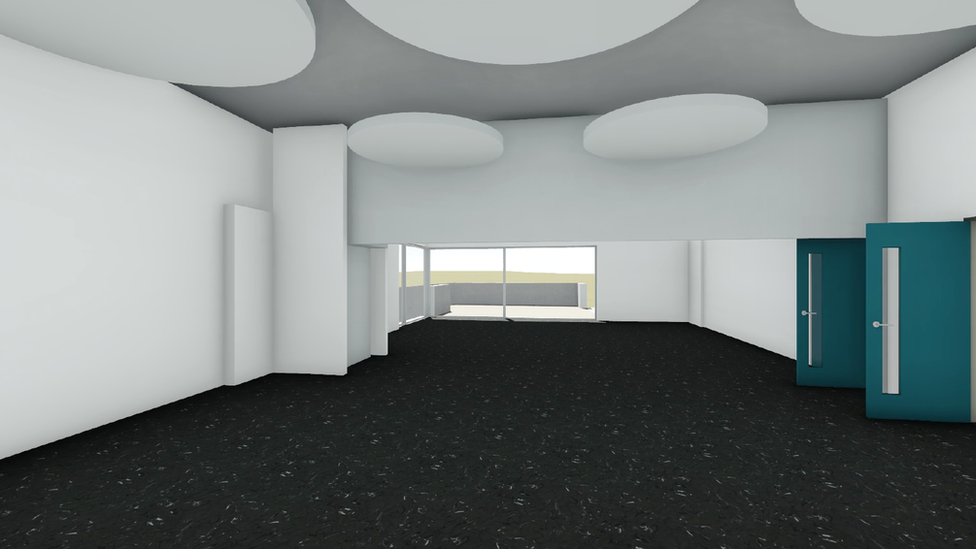
Teaching will be available on site but also via digital connections across southern Scotland
It will mean people can connect from a hub, a spoke or even - potentially - their own home.
If the project receives planning permission it is hoped it could be up and running in a matter of months.
"It is 100 miles an hour at the minute and I can't see that changing across the whole of the summer," said Mr Currie.
"We want it ready for when our students come back for academic session 2019/2020.
"Yes it is tight, yes it is ambitious - but we think it is achievable."
- Published19 July 2018
